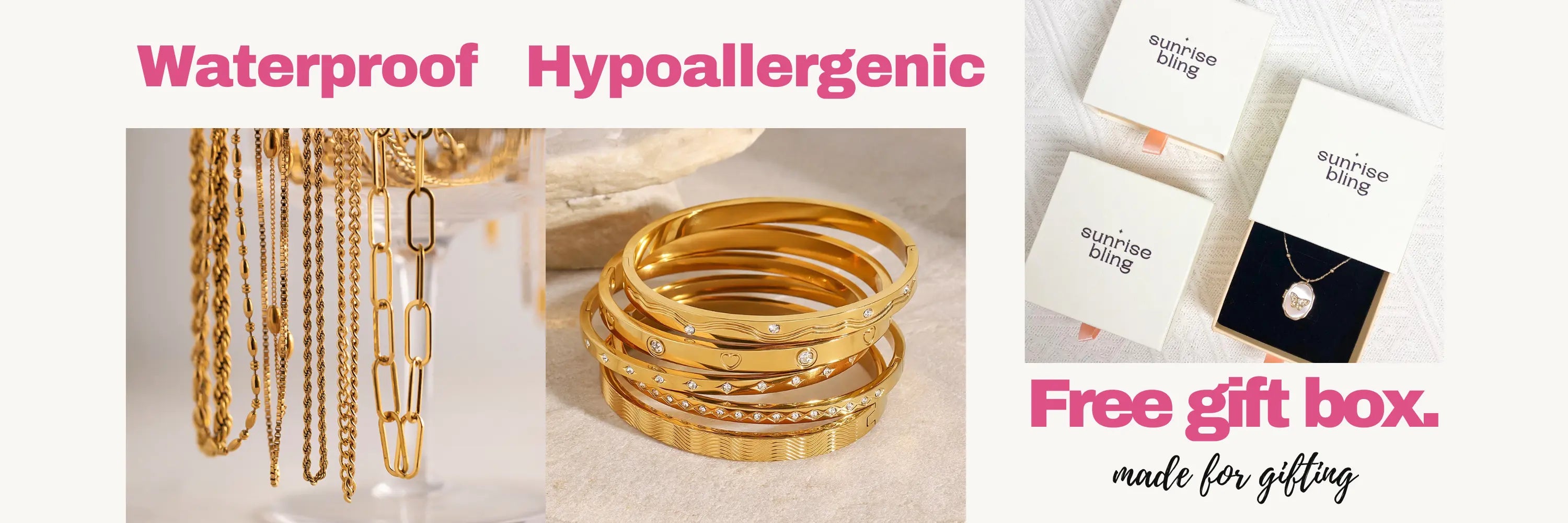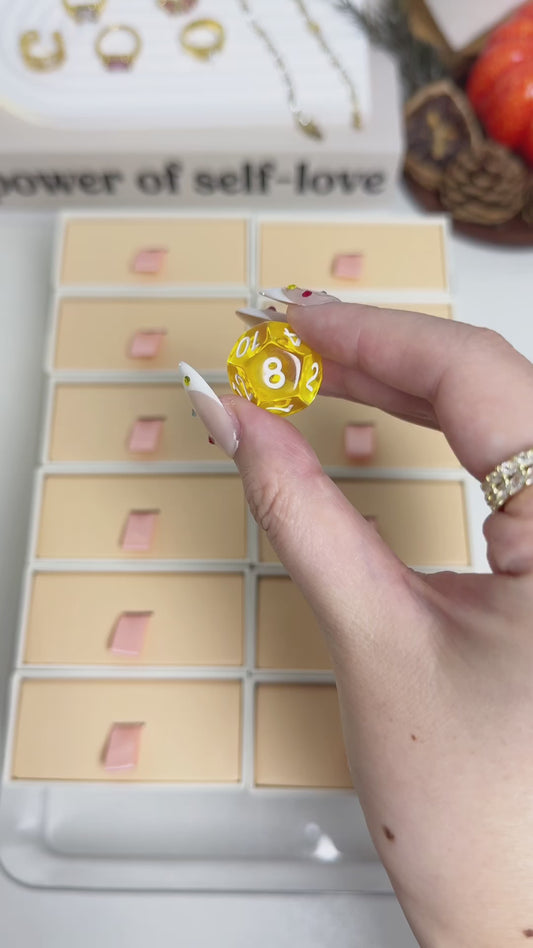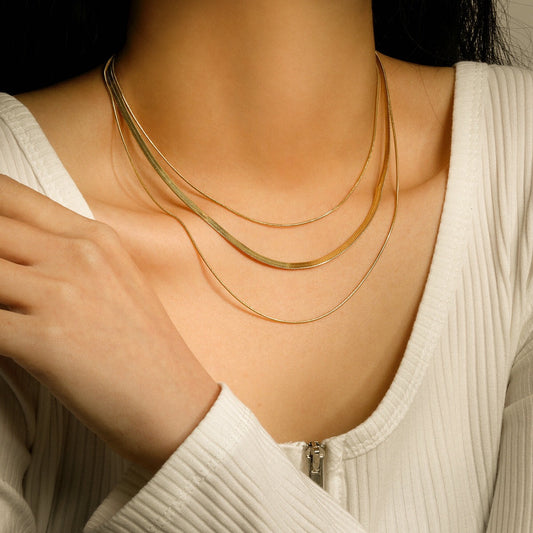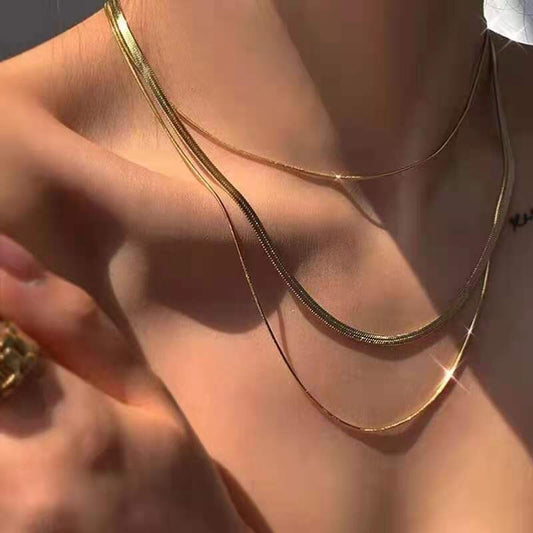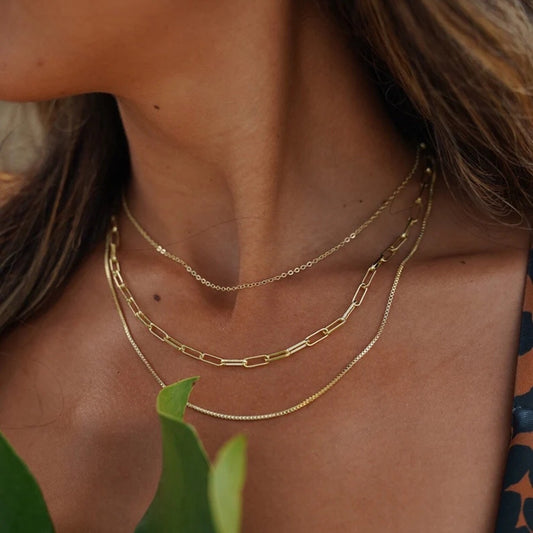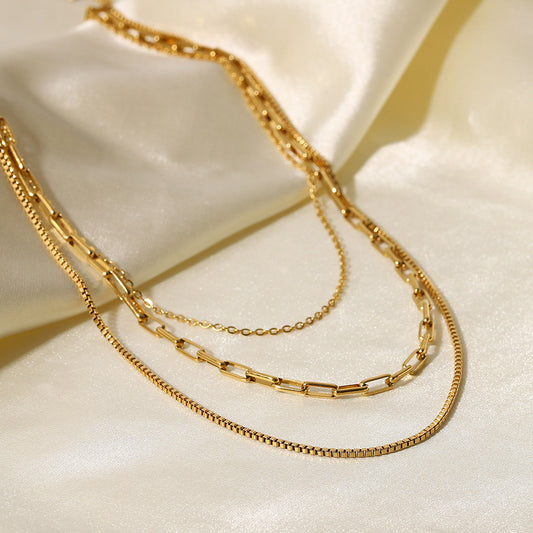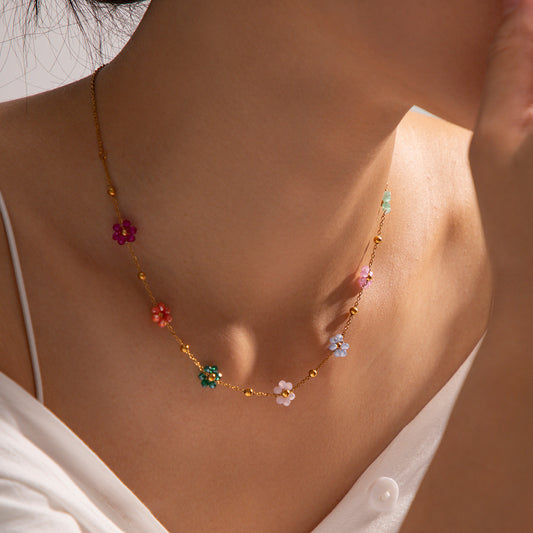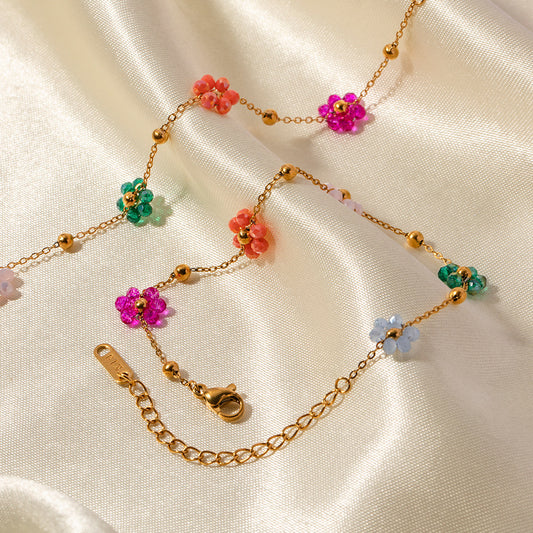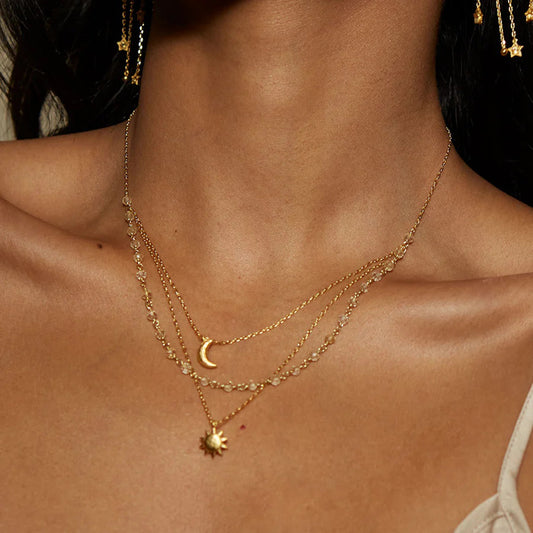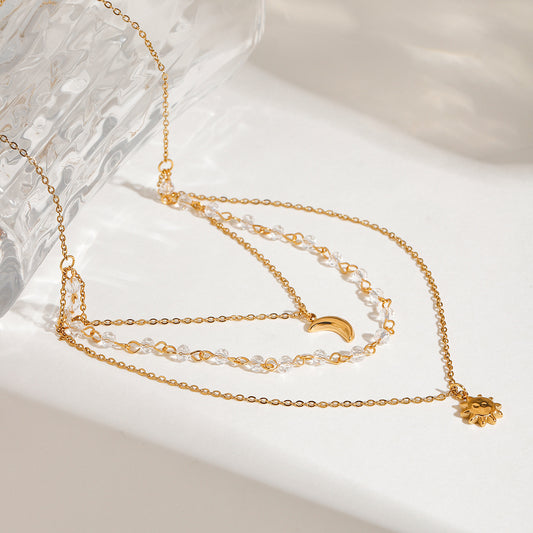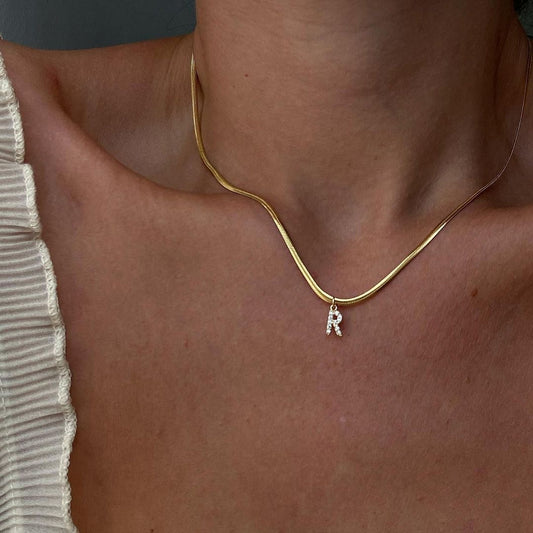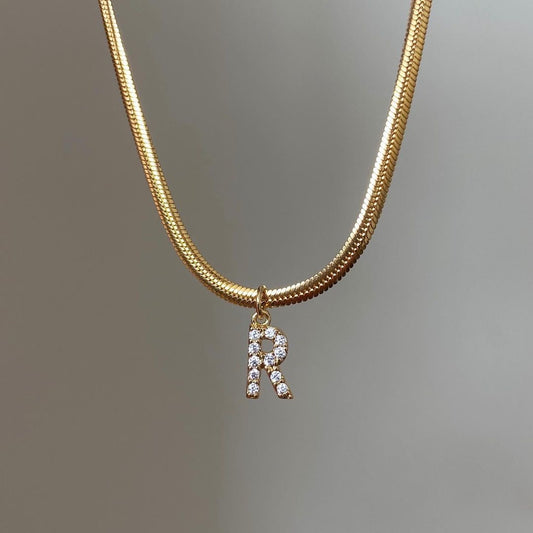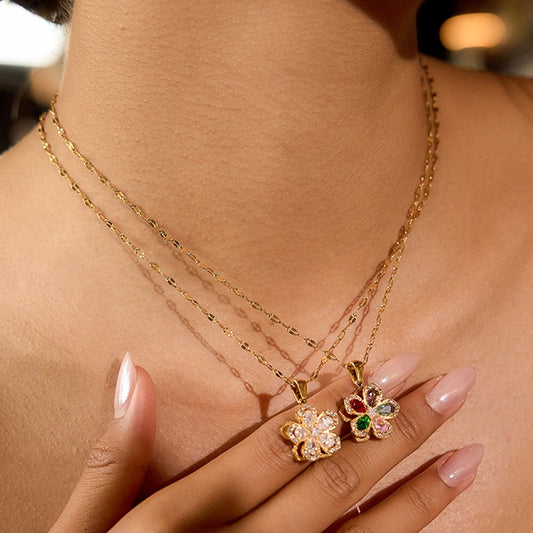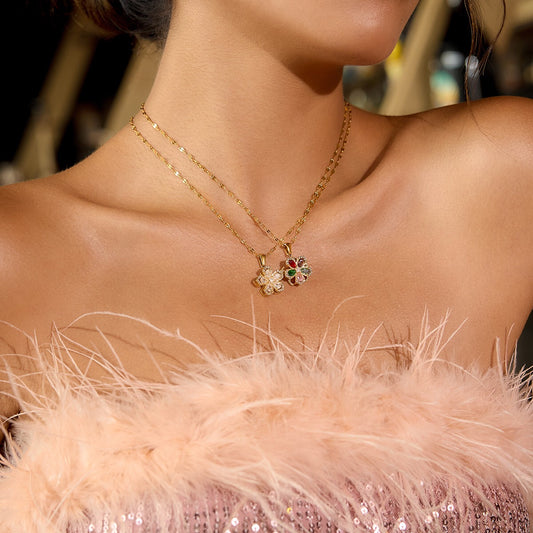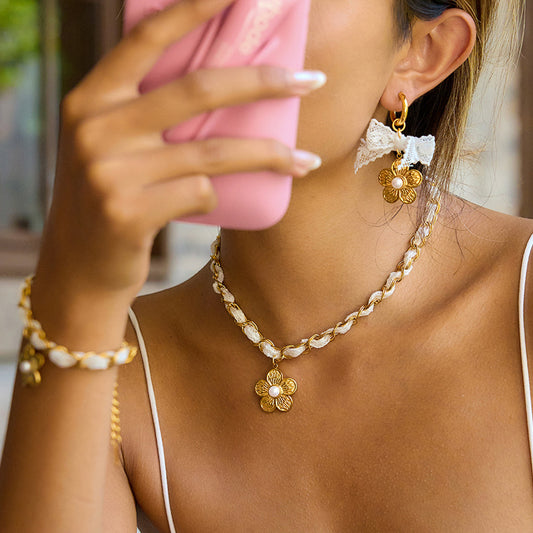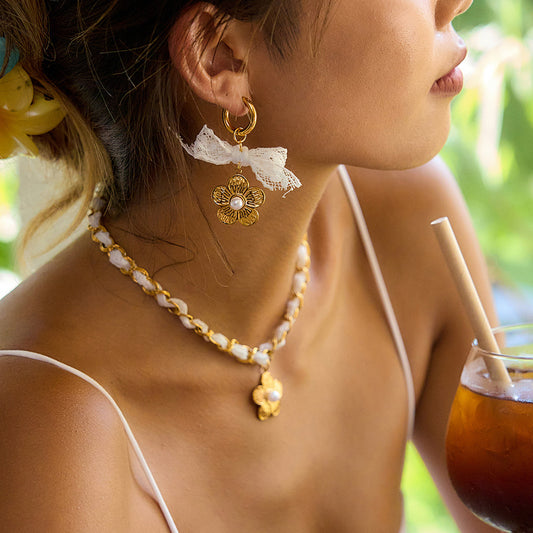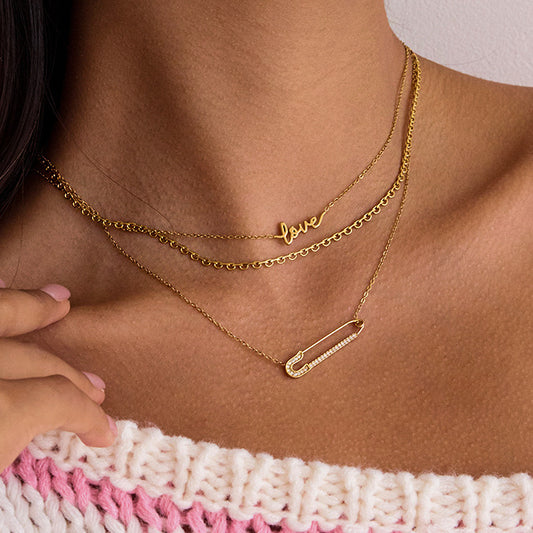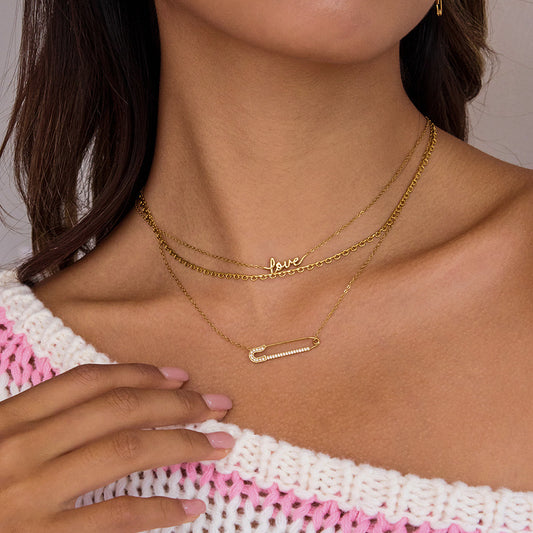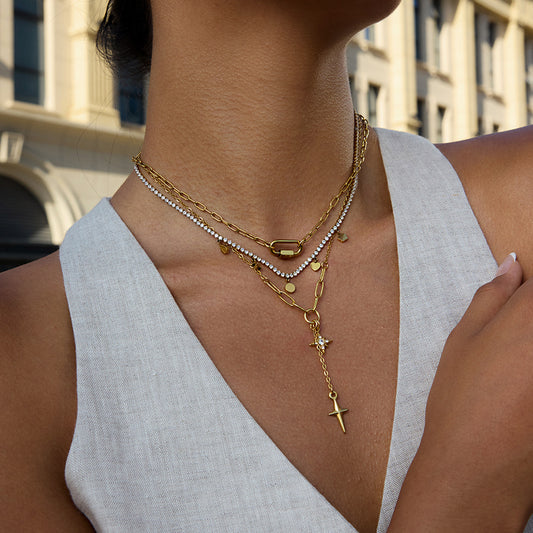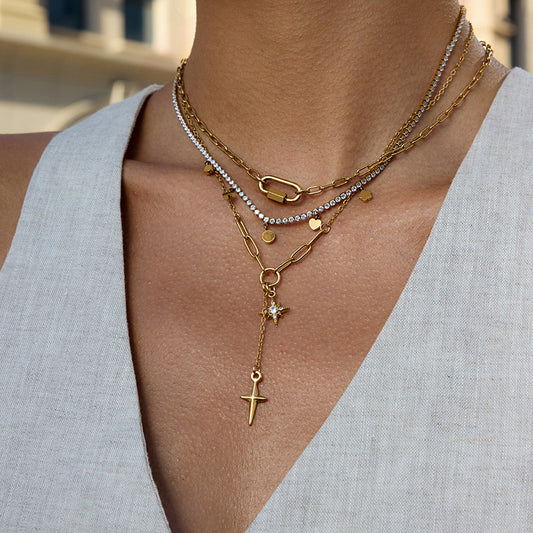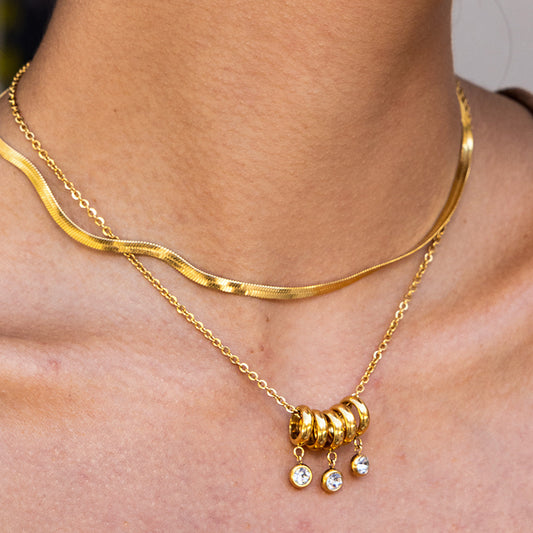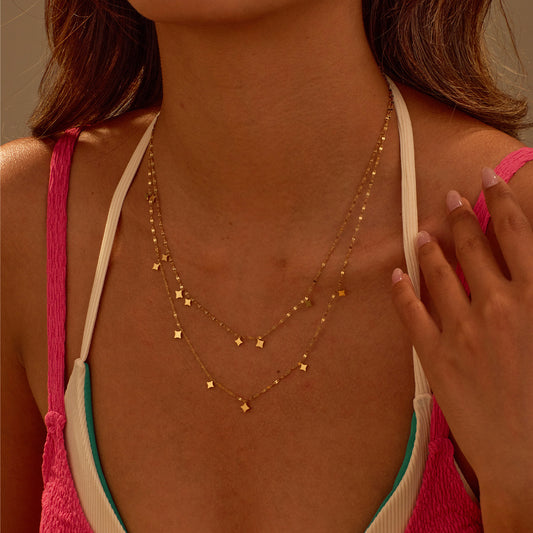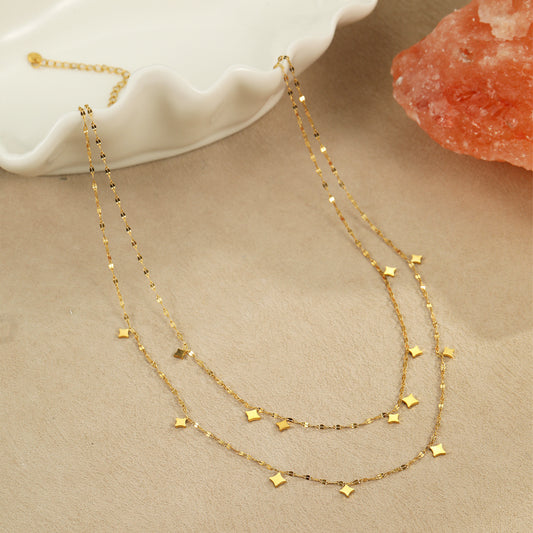Turquoise jewelry has captivated jewelry lovers for centuries with its vibrant blue-green hues and earthy charm. Turquoise Jewelry Market size is estimated to be USD 2.5 Billion in 2024 and is expected to reach USD 4.0 Billion by 2033. Its unique color—ranging from sky blue to deep teal with hints of matrix (the natural rock inclusions)—adds a touch of nature’s beauty to any outfit, making it a versatile accessory for both casual and formal occasions. Whether set in silver, gold, or leather, turquoise jewelry brings a timeless, bohemian-inspired sparkle that never goes out of style. Let’s explore the allure of this beloved gemstone and why it remains a staple in jewelry collections worldwide.

What is Turquoise Jewelry
Definition and Gemstone Basics
Turquoise jewelry refers to any piece of jewelry featuring turquoise as the primary gemstone. Turquoise is a hydrous phosphate mineral, formed over millions of years by the reaction of water with copper, aluminum, and phosphorus-rich rocks. Its color is primarily caused by copper, while iron impurities can create greener tones. What makes turquoise unique is its matrix—the natural veins or spots of the host rock (often brown or black) that are visible in the stone, adding to its character and authenticity. Natural turquoise is relatively soft (5–6 on the Mohs hardness scale), so it’s often stabilized with resins to enhance durability, making it suitable for everyday wear.

Common Jewelry Types Featuring Turquoise
-
Necklaces: Turquoise necklaces come in diverse styles, from solitaire pendants showcasing a single large turquoise stone to beaded necklaces with multiple small turquoise beads. They can be set in sterling silver for a classic look or paired with leather cords for a bohemian vibe.
-
Rings: Turquoise rings range from simple designs with a single stone to elaborate statement pieces with multiple turquoise gems and intricate metalwork. They’re often set in silver, which complements the stone’s blue-green tones, but gold settings add a touch of luxury.
-
Earrings: Turquoise earrings include studs, drops, and chandeliers. Small turquoise studs are perfect for everyday wear, while chandelier earrings with multiple stones and silver filigree make a bold statement for special occasions.
-
Bracelets: Turquoise bracelets can be tennis-style (with a line of turquoise stones set in metal) or beaded (with turquoise beads mixed with other stones like coral or lapis lazuli). Cuff bracelets with a large turquoise centerpiece are also popular, especially in Southwestern-inspired designs.
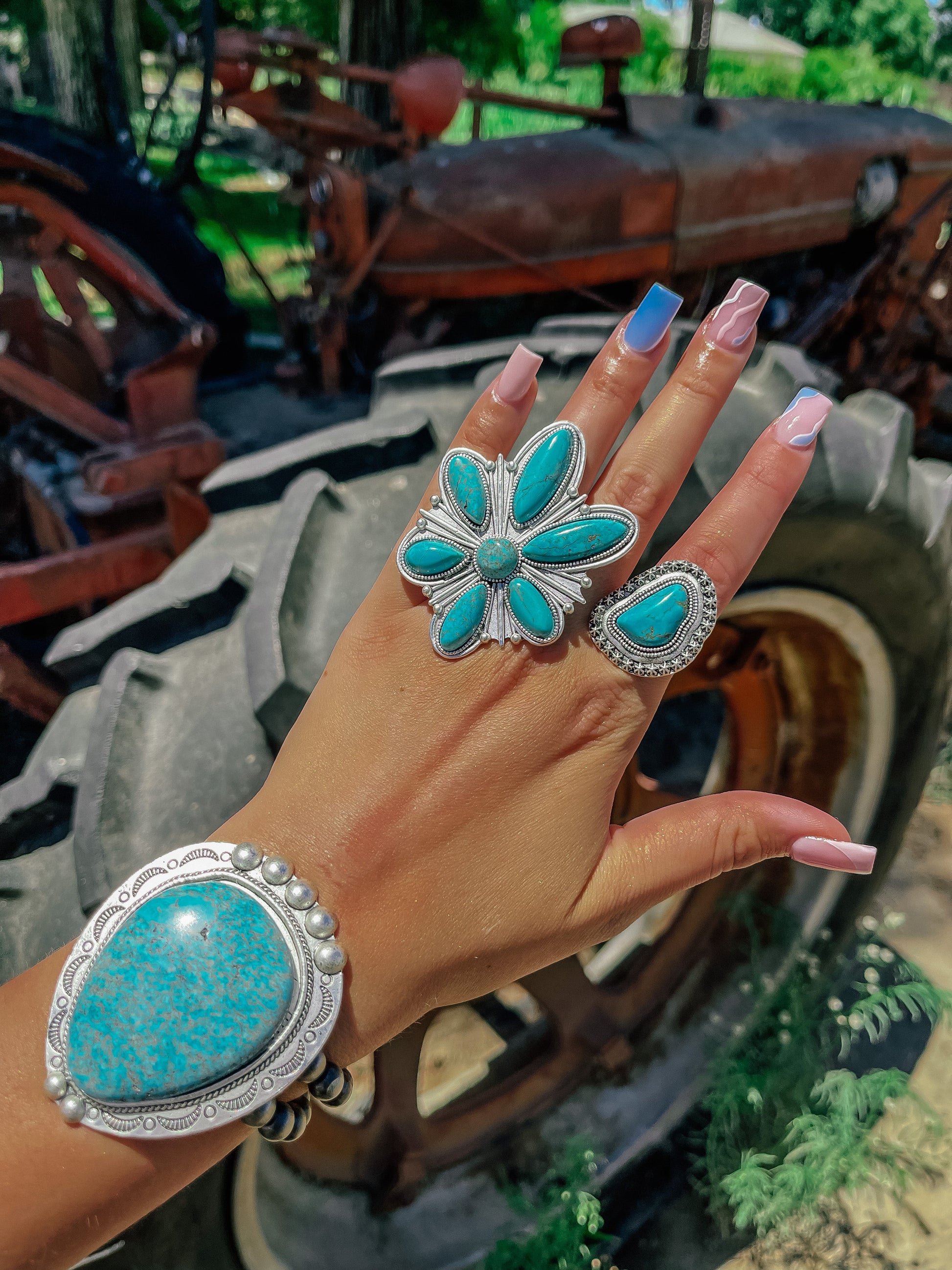
Why is Turquoise Jewelry so popular
Unique and Vibrant Color
The most striking feature of turquoise jewelry is its one-of-a-kind color. No two turquoise stones are exactly alike—each has its own blend of blue, green, and matrix patterns, making every piece unique. This vibrancy adds a pop of color to any outfit, from neutral tones to bold prints, and complements a wide range of skin tones. Whether the stone is a bright sky blue or a deep teal, its earthy yet lively hue evokes feelings of nature, adventure, and tranquility, resonating with people seeking a connection to the outdoors.
Cultural and Historical Significance
Turquoise has deep cultural roots, cherished by civilizations for thousands of years. Ancient Egyptians used it in burial masks and jewelry, while Native American tribes (especially in the Southwest) consider it a sacred stone, symbolizing protection, wisdom, and prosperity. This rich history adds layers of meaning to turquoise jewelry, making it more than just an accessory—it’s a piece of cultural heritage. Many people are drawn to its storytelling potential, wearing it as a symbol of tradition or personal connection to these cultures.
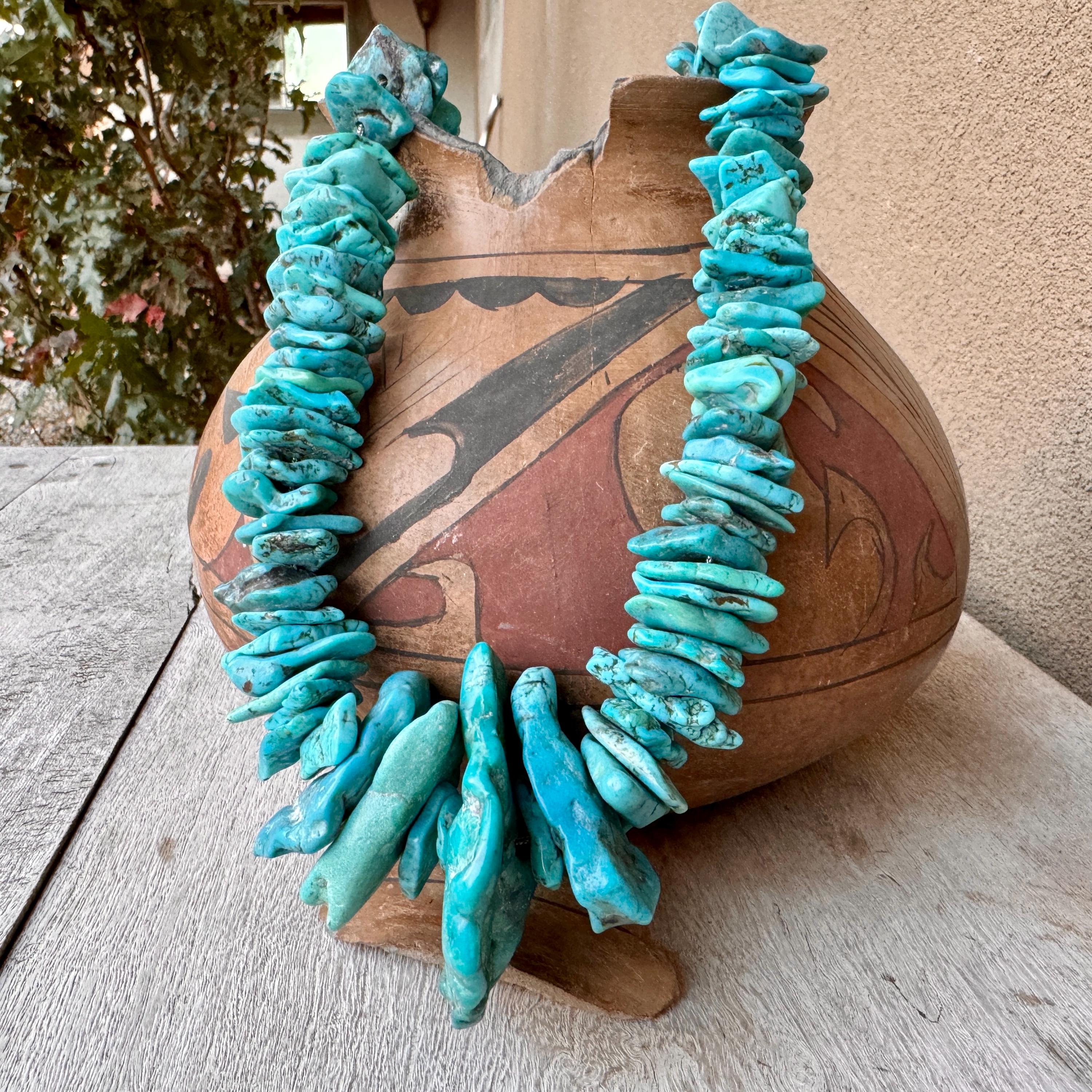
Versatility in Styling
Turquoise jewelry is incredibly versatile, fitting seamlessly into various fashion aesthetics. It complements bohemian styles (paired with flowy dresses and fringe), Southwestern-inspired looks (with cowboy boots and denim), and even minimalist outfits (as a single statement piece). It pairs beautifully with other metals and gemstones—sterling silver enhances its earthy vibe, gold adds warmth, and coral or lapis lazuli create striking color contrasts. This adaptability ensures turquoise jewelry works for every occasion, from brunch with friends to formal weddings.
Trend Resilience
Unlike fleeting fashion trends, turquoise jewelry has remained popular for decades. Its timeless appeal transcends seasons, with designers continuously reimagining it in new styles—from vintage-inspired pieces to modern, geometric designs. Celebrities and influencers often showcase turquoise jewelry, from red carpets to street style, keeping it relevant and aspirational. This enduring popularity makes it a wise investment, as a quality turquoise piece will remain stylish for years to come.
Popular styles of Turquoise Jewelry
Southwestern and Native American Inspired
-
Silver Cuff Bracelets: These iconic pieces feature a wide silver cuff with a large, unpolished or lightly polished turquoise stone in the center, often surrounded by stamped or etched patterns (like sunbursts or geometric shapes). They’re inspired by Native American silversmithing traditions and add a bold, authentic touch to any outfit.
-
Turquoise and Coral Combos: Southwestern designs often pair turquoise with coral, creating a striking contrast of blue-green and red. A necklace with alternating turquoise and coral beads, strung on leather and finished with silver clasps, captures this classic look—perfect for pairing with denim or earth-toned clothing.

Bohemian and Boho-Chic
-
Layered Beaded Necklaces: Boho turquoise necklaces feature multiple strands of small turquoise beads (often with varying shades) mixed with wooden beads, shells, or macramé knots. They’re long (24–36 inches) and designed to be layered, adding texture and color to maxi dresses, peasant blouses, or festival outfits.
-
Turquoise Tassel Earrings: These playful earrings combine small turquoise beads with silk or leather tassels, hanging from silver or gold hooks. They’re lightweight and add movement, making them ideal for casual days or summer events.
Minimalist and Modern
-
Solitaire Turquoise Rings: Minimalist designs focus on a single, small turquoise stone (often smooth and polished) set in a simple silver or gold band. A dainty ring with a tiny round turquoise in a bezel setting (a thin metal rim holding the stone) adds subtle color to everyday looks, pairing well with other minimal jewelry.
-
Geometric Turquoise Pendants: Modern designs feature turquoise cut into geometric shapes (squares, triangles, or hexagons) set in sleek metal settings. A silver pendant with a hexagonal turquoise stone on a thin chain offers a contemporary twist, perfect for office wear or minimalist outfits.
How to wear Turquoise Jewelry
Casual Everyday Looks
-
With Jeans and a White Tee: A turquoise beaded bracelet or a simple turquoise ring adds a pop of color to this classic combo. Try a silver cuff bracelet with a small turquoise stone—roll up your jeans cuffs to showcase it. Keep other jewelry minimal (small silver earrings) to let the turquoise shine.
-
With Sundresses and Sandals: A layered beaded turquoise necklace complements flowy sundresses in floral prints or solid colors (like white, yellow, or beige). Add turquoise stud earrings and a woven tote for a relaxed, summery vibe—ideal for picnics or farmers’ markets.
Formal and Evening Looks
-
With Little Black Dresses: A statement turquoise necklace (like a choker with a large turquoise stone surrounded by silver) elevates a little black dress, adding elegance and color. Pair with silver heels and a clutch for a cocktail party or dinner date.
-
With Gowns and Evening Wear: For formal events, opt for delicate turquoise jewelry to avoid overwhelming the outfit. A pair of turquoise drop earrings with small diamonds or cubic zirconias adds subtle sparkle to a floor-length gown in ivory, navy, or emerald. Keep the necklace simple (or skip it) to focus on the earrings.
Festival and Outdoor Event Looks
-
With Fringe and Denim: Channel bohemian festival style with a turquoise and coral beaded necklace, layered over a fringe vest and a cropped tank. Add a silver turquoise cuff bracelet and ankle boots for a cohesive, free-spirited look—perfect for music festivals or outdoor concerts.
-
With Wide-Brimmed Hats and Maxi Skirts: A long turquoise beaded necklace (worn doubled) pairs beautifully with a wide-brimmed hat, a flowy maxi skirt, and gladiator sandals. Add multiple turquoise rings on different fingers for extra boho flair.
Turquoise Jewelry: perfect gift for your best friend
Symbol of Friendship and Adventure
Turquoise is often associated with friendship, adventure, and shared memories—making it a meaningful gift for your best friend. Its vibrant color evokes joy and positivity, reflecting the energy of your relationship. Whether you’ve traveled together, shared laughter, or supported each other through tough times, a turquoise piece becomes a symbol of those moments, reminding her of your bond every time she wears it.
Personalized to Her Style
With so many styles available, you can find a turquoise piece that perfectly matches your best friend’s taste. If she loves boho fashion, a layered beaded necklace or tassel earrings will delight her. For a minimalist friend, a dainty turquoise ring or pendant is ideal. You can even choose a design with her favorite metal (silver, gold, or rose gold) to add a personal touch. This thoughtfulness shows you pay attention to her preferences, making the gift extra special.
Versatile for Her Lifestyle
Your best friend will appreciate that turquoise jewelry works for her daily life, whether she’s running errands, going to work, or dressing up for a night out. It’s a gift she’ll actually wear, not just store away—adding value to your gesture. Plus, turquoise’s timeless appeal ensures she’ll cherish it for years, making it a lasting reminder of your friendship.
How to clean Turquoise Jewelry
Cleaning Methods by Setting
-
Silver-Set Turquoise: Mix a few drops of mild dish soap with warm water. Dip a soft cloth or a soft-bristled toothbrush (used only for jewelry) into the solution and gently wipe or brush the silver and turquoise. Avoid scrubbing the stone too hard, as it can scratch. Rinse with cool water and dry immediately with a lint-free cloth. For tarnished silver, use a silver-polishing cloth on the metal parts only—keep polish away from the turquoise, as chemicals can damage it.
-
Gold or Gold-Plated Turquoise: Gold is less prone to tarnish, so a quick wipe with a damp cloth (dampened with soapy water) is usually enough. For gold-plated pieces, avoid soaking or using harsh chemicals, as they can strip the plating. Gently wipe the surface, rinse, and dry thoroughly.
-
Leather or Cord-Bound Turquoise: For beaded necklaces or bracelets on leather cords, avoid getting the cord wet. Instead, use a dry, soft cloth to wipe the turquoise beads. If the leather gets dirty, spot-clean with a slightly damp cloth and let air-dry away from direct heat.
Handling and Care Tips
-
Avoid Chemicals: Remove turquoise jewelry before applying perfume, lotion, hairspray, or cleaning products. These chemicals can discolor the stone or damage its finish.
-
Prevent Impact: Turquoise is relatively soft, so avoid dropping or knocking your jewelry against hard surfaces. Store it separately from other jewelry in a soft pouch or lined box to prevent scratches.
-
Limit Water Exposure: Remove turquoise jewelry before swimming, showering, or doing dishes. Prolonged exposure to water can weaken the stone’s stabilization or damage leather cords.
What to clean turquoise jewelry with
Safe Cleaning Solutions
-
Mild Soap and Water: The best and safest cleaner for turquoise jewelry is a solution of warm water and a few drops of mild, fragrance-free dish soap (like Dawn). This gentle mixture removes dirt and oils without harming the stone or its setting.
-
White Vinegar (Diluted): For stubborn dirt on silver settings, mix equal parts white vinegar and water. Dip a cloth in the solution, wring it out, and gently wipe the silver parts—avoid getting vinegar on the turquoise, as it can etch the surface over time. Rinse and dry immediately.
-
Commercial Jewelry Cleaners (Specialized): Look for jewelry cleaners labeled safe for porous gemstones or turquoise. Avoid cleaners with ammonia, bleach, or acid, as these can damage the stone. Always test a small, inconspicuous area first.
Tools to Use
-
Soft Cloths: Microfiber or lint-free cotton cloths are ideal for wiping turquoise jewelry, as they’re gentle and won’t scratch the stone.
-
Soft-Bristled Brushes: A toothbrush with ultra-soft bristles (or a jewelry brush) can be used to clean crevices in the setting, but use light pressure to avoid damaging the turquoise.
-
Cotton Swabs: For hard-to-reach areas (like between the stone and the setting), use a cotton swab dampened with soapy water. Dry the area immediately after cleaning.
Where to buy turquoise jewelry
Online Retailers
-
Specialty Gemstone Stores: Websites like Etsy feature handmade turquoise jewelry from independent artisans, including Native American-inspired pieces and bohemian designs. Many sellers provide details about the stone’s origin (e.g., Arizona, Nevada, or Iran) and whether it’s natural or stabilized, helping you make an informed choice.
-
Established Jewelry Brands: Retailers like James Avery, Pandora, and Mejuri offer curated collections of turquoise jewelry, from minimalist rings to statement necklaces. These brands often prioritize quality and durability, making them a reliable choice for those seeking polished, designer pieces.
-
Auction and Vintage Sites: eBay and Ruby Lane are great for finding vintage or antique turquoise jewelry, including rare Southwestern pieces from the mid-20th century. Look for sellers with positive reviews and detailed photos of the stone’s condition.
Physical Stores
-
Local Jewelry Boutiques: Small, independent jewelry stores often carry unique turquoise pieces from local designers, offering a personal shopping experience. You can inspect the stone’s color and matrix in person, ensuring it meets your expectations.
-
Southwestern and Native American Markets: If you’re near regions with strong Native American communities (like New Mexico or Arizona), local markets and powwows feature authentic turquoise jewelry handcrafted by Native American artisans. These pieces often come with certificates of authenticity, supporting traditional craftsmanship.
-
Department Stores: Major department stores (like Nordstrom or Macy’s) carry a range of turquoise jewelry, from affordable fashion pieces to higher-end designs. They’re a convenient option for those who prefer to try on jewelry before buying.
Frequently asked questions about Turquoise Jewelry
Is turquoise a valuable gemstone?
Turquoise value depends on factors like color (vivid blue is most prized), clarity (minimal matrix is preferred for some styles, while unique matrix patterns can add value), origin (Persian and Arizona turquoise are highly regarded), and treatment (natural, untreated stones are more valuable than stabilized ones). While it’s generally less expensive than diamonds or rubies, rare, high-quality turquoise can command high prices.
How can I tell if turquoise is real?
Real turquoise is cool to the touch and has a waxy or matte luster (polished stones are shinier). It often has visible matrix patterns, which are unique to each stone. Fake turquoise (made of plastic or glass) may have a uniform color with no matrix, or the matrix may look painted on. A simple test: real turquoise is slightly porous, so a drop of water will be absorbed slowly, while fake stones repel water.
Can turquoise jewelry be worn every day?
Yes, but with care. Stabilized turquoise is durable enough for daily wear, but avoid exposing it to chemicals, water, or hard impacts. Remove it during activities like gardening, cleaning, or exercising. With proper care, a quality turquoise piece can last for years.
Does turquoise fade over time?
Turquoise can fade if exposed to prolonged sunlight or harsh chemicals, which break down its color pigments. To prevent fading, store it in a dark, dry place when not wearing and avoid direct sunlight for extended periods. Stabilized turquoise is more resistant to fading than untreated stones.
Conclusion: Embrace Earthy Sparkle with Turquoise Jewelry
Turquoise jewelry—with its vibrant color, cultural significance, and versatile style—brings a unique earthy sparkle to every look. From Southwestern cuffs to minimalist pendants, there’s a design to suit every taste and occasion, making it a beloved accessory for jewelry lovers worldwide. Whether you’re drawn to its bohemian charm, cultural roots, or timeless appeal, turquoise jewelry is more than just an accessory—it’s a piece of nature’s beauty you can wear.
Ready to add some turquoise sparkle to your collection? Explore our curated selection of turquoise jewelry, featuring handcrafted pieces, designer styles, and authentic Southwestern-inspired designs. Whether you’re treating yourself or surprising your best friend, we have options to fit every budget and style. Shop now and let the earthy allure of turquoise elevate your look, every day.


